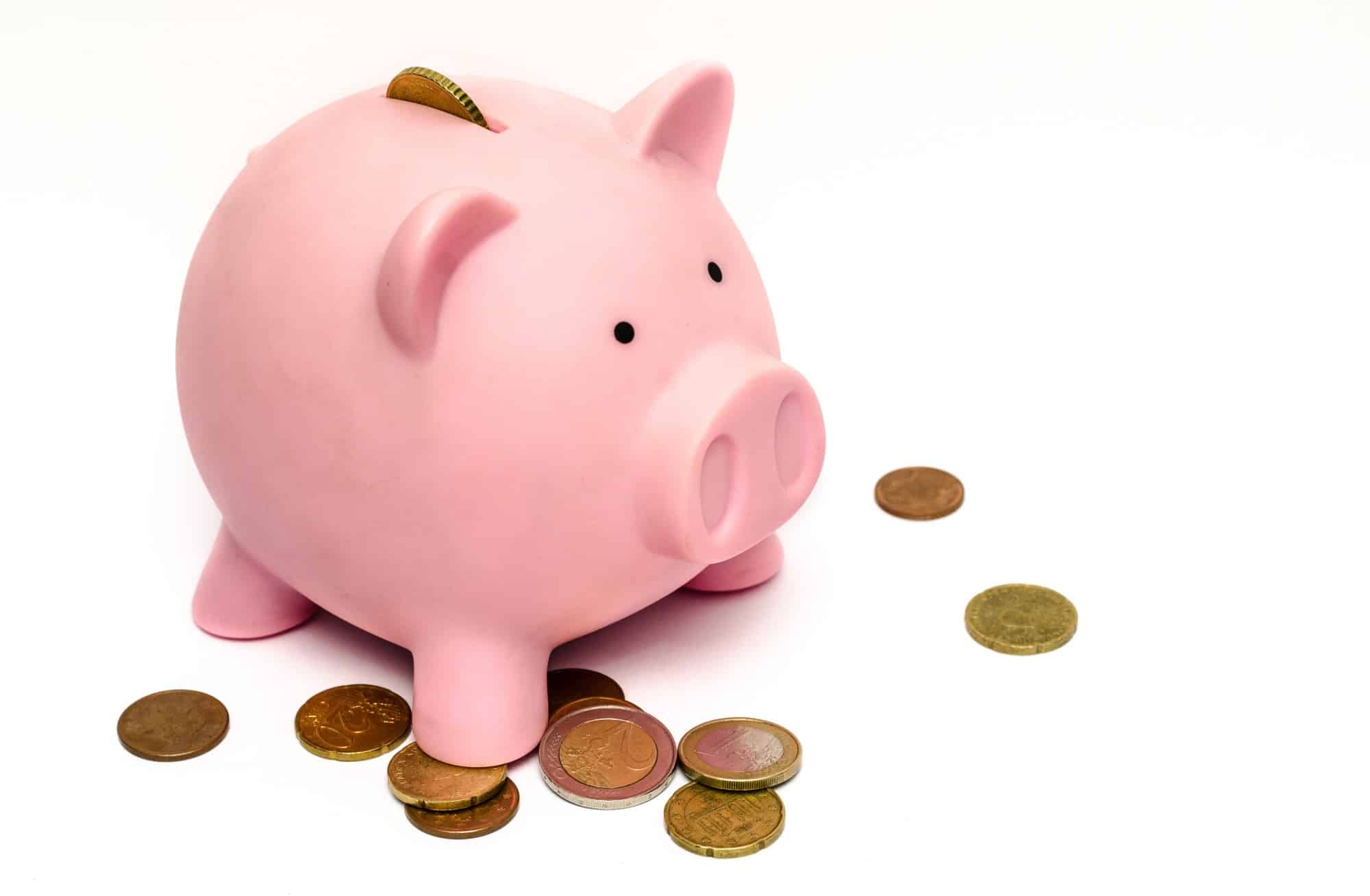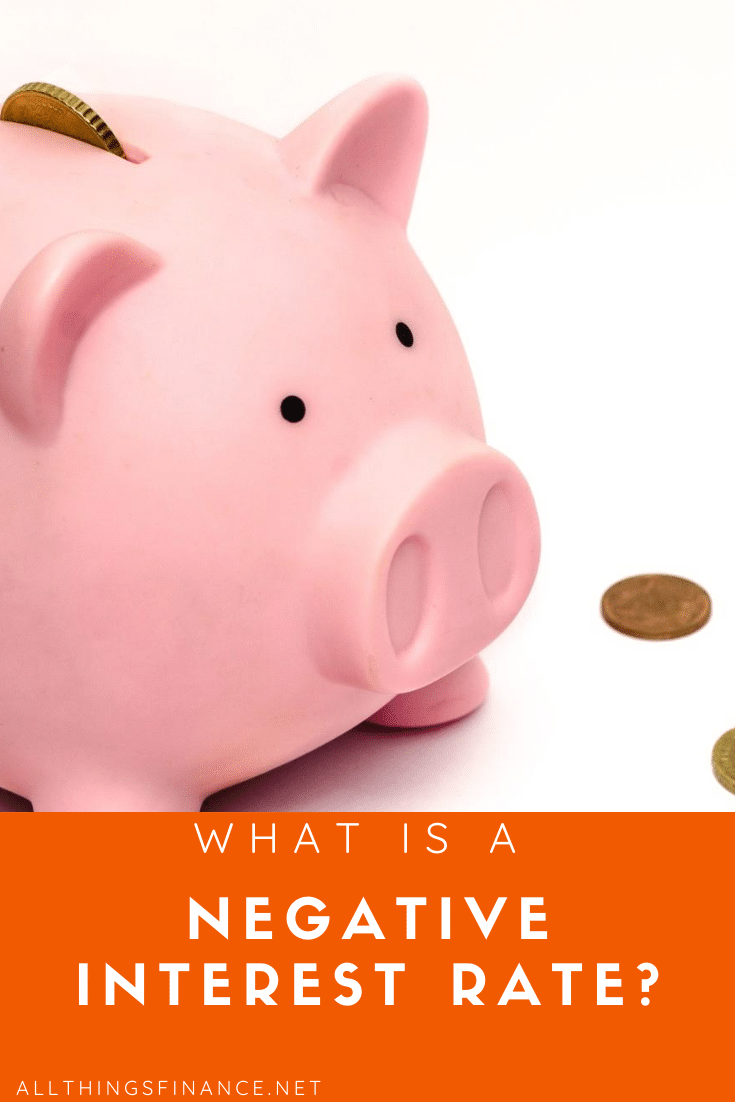What is a negative interest rate and how do they work? A negative interest rate is an unusual and extraordinary monetary policy whereby a central bank or private bank charges a negative rate. The result is that you will be charged a fee to hold money in the bank. So, why do this? The main purpose of using this strategy is to encourage lending, investing, and spending as opposed to being charged a fee to keep the money as cash. This tool is typically used during recessions and times of financial crisis since people will tend to decrease spending in favor of holding cash.
A Case for Using Negative Rates
Interest rates are one of the Federal Reserves main tools to maintain balance in the economy. The Fed will lower rates during times of recession since lower rates will make lending and investing less expensive. The Fed will raise rates in an overheated economy to make borrowing more expensive and curb inflation.
People and businesses tend to hoard cash during recessionary periods. The result is a drop in demand, a reduction in productivity, falling prices, and an increase in unemployment. Rates can and have gone to zero. However, if forces are strong enough a zero rate may not be enough to encourage spending and investing.
A below-zero rate, or negative rate, is considered a last-ditch effort to stimulate the economy when all other policies have failed.
A rate below zero will, in theory, make borrowing and investing less expensive. This will in turn drive demand for loans and investments and drive consumer demand.
Real-World Examples of Negative Rates
Negative interest rate policy is a fairly new tool used by central banks, as it has been around basically since the ’90s.
The most notable example of a negative rate policy was in the Euro Zone when the ECB instituted a negative rate policy in 2014 to combat the EU from falling into a deflationary spiral. The rate policy only applied to bank depositors. Rates were lowered to -0.1% and now stand at -0.5%. There is evidence that consumers are avoiding the negative rates, however. People are simply depositing money in banks with positive yields. Larger depositors are reportedly storing cash in vaults, and businesses are said to have resisted investing.
There are conflicting views as to the effectiveness of negative rate policy. A research paper from the ECB states that there is no evidence that consumers or businesses were pumping their cash into the economy. However, a research paper from the Swedish House of Finance found negative rates to be an effective monetary tool.
Sweden in 2009 and 2010, and Denmark in 2012 also used negative rates as a policy. Their reasoning was more institutional and was done to curb so-called hot money from flowing into their economies. Hot money is a currency that quickly moves between countries with low-interest rates to ones with higher rates in an attempt to profit from higher short-term rates. Hot money can impact exchange rates and a country’s balance of payments
Risks, Consequences, and Controversy
If banks charge fees for savers to have money at their institutions, then that doesn’t necessarily mean that individuals or businesses will spend and invest more. A very real consequence is that money will flow out of banks, and cash will still be saved outside of the banking industry. This could cause a run on cash as consumers pull their money out of banks in favor of holding cash at home.
There is mixed evidence that negative rates are effective. The Fed has recently stated that negative rates would be difficult to implement and evidence is not clear as to their effectiveness.
Nordea Bank in Finland recently offered a 20-year mortgage with a 0% interest rate. This sounds like an incredible incentive to buy a home. But, there is evidence that extremely low-interest rates on mortgage loans cause a run-up in housing prices as demand skyrockets.
Yields on savings accounts would obviously fall in a negative rate environment. In 2019, Jyske Bank implemented a negative rate policy on accounts with over $1.1 million in them. Depositors had to pay a 0.6% annual fee to hold the money in the bank.
Conclusion
What is a negative interest rate? Simply put, it is a below zero rate implemented by a Central or a local bank. Instead of accruing interest on money deposited you are charged a fee. Negative rates are an extraordinary monetary tool used only as a last-ditch effort to pull an economy out of recession. There is debate as to their effectiveness, and according to the Fed, they would only work if several other factors and policies were implemented to support them. It is unlikely that we will see negative rates in the United States anytime soon. There is just not enough evidence that they are an effective monetary tool.
Read Also:
Card Balances Drop While Consumer Credit Growth Slows
7 Smart Tips for Finding a Personal Loan with a Good Interest Rate
8 Ways To Earn Income When Interest Rates Suck
How to Invest During a Recession

Based in the Pittsburgh, PA area, Brian holds full-time employment as a Warehouse Manager for an electronics firm. Brian enjoys wealth building, investing, gardening and the great outdoors. Brian holds a B.A. in Environmental Studies from the University of Pittsburgh and an MBA from Robert Morris University.











